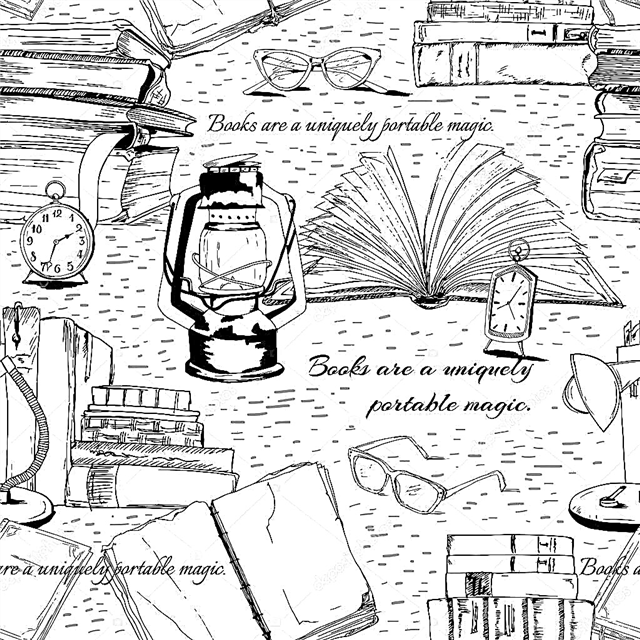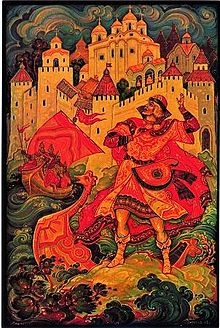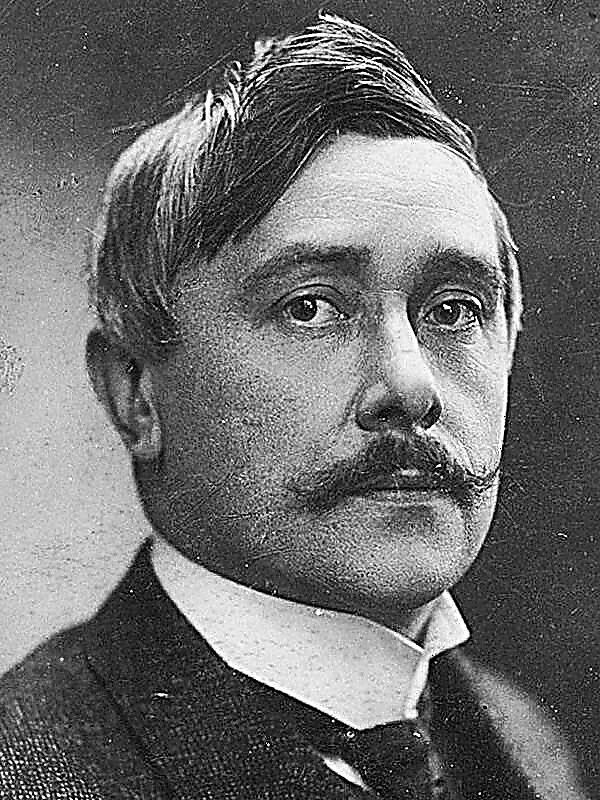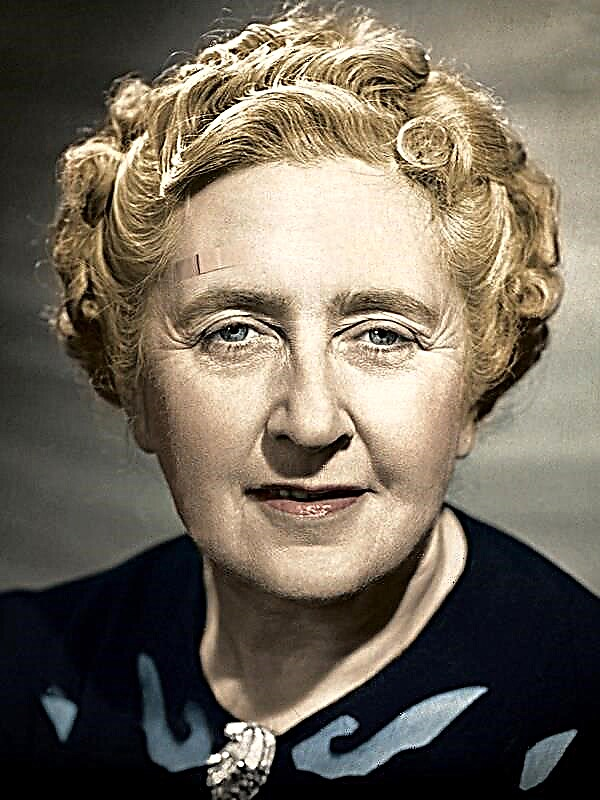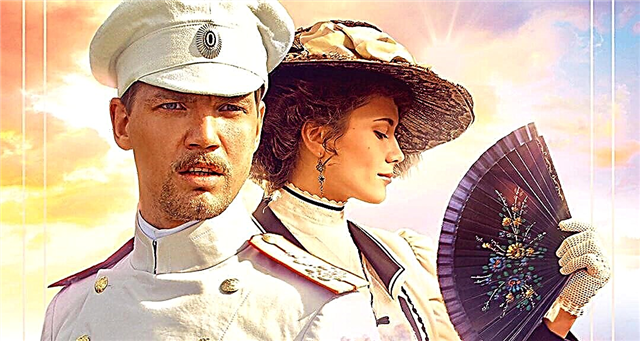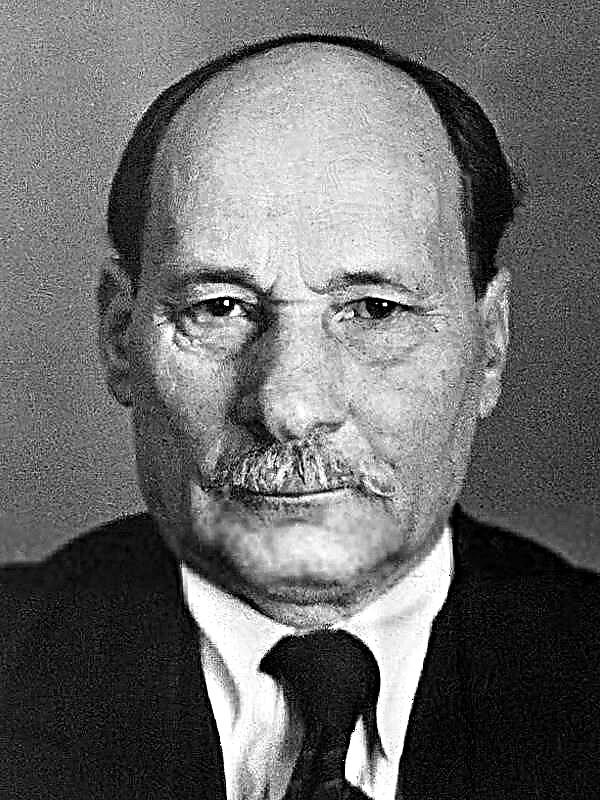In the first decade of the 20th century, many new trends and personalities of future famous authors begin to develop in Russian literature. The most unusual property that the Silver Age possessed was the increased attention of society to art. This pushed people to self-improvement, the implementation of new ideas, as well as this led to the fact that education and culture ceased to be the lot of a few. Many works created during the Silver Age found their fame not only in their homeland, but throughout the world.
Appearance story
The beginning of this period is considered to be the last decade of the 19th century, when traditional art was in crisis, and its replacement appeared - new trends and directions, unrecognized and misunderstood by the crowd, but quickly accepted by bohemia and the intelligentsia.
In 1915, the silver age reached its highest rise, at the same time, this phase can be called its end. But some researchers suggest that its existence ceased in 1917 with the onset of the Civil War. And someone believes that it ended after the death of Alexander Blok, the suicide of Vladimir Mayakovsky or the execution of Nikolai Gumilyov. As a result, the duration of the phenomenon is about 30 years. Although the silver age is so named because it came after the golden one, it does not carry a negative connotation, a kind of degradation, “it used to be better”. On the contrary, this era gave Russian culture more new names.
Features and main features
- Innovation. As mentioned earlier, in 1915, the poetry of the Silver Age reaches its highest point. Social and political life is in a turbulent state. Mass performances take place on the streets that give people the realization of many new ideas. And poets try to keep up with the times and come up with something new and open it to other people.
- Ideological and thematic content. The main feature of this century can be considered the reader’s interest in simple, vital topics, such as: the meaning of life, the relationship of man and nature, or the search for himself. Thanks to many famous authors, many secrets of our country were revealed. Topics were popular that related to revolution, war, the tragedy of human life, because it was at this time that Russia was going through a difficult period of history: the February and October revolutions, the Civil War, and mass repressions.
- New character types. The authors try to make poetry comprehend in a new way, showing new images, style, ideas. For example: a strong, unpredictable lyrical hero who goes through many trials with his head held proudly.
Main trends
Symbolism
Do not forget about the difference in the currents of the Silver Age. One of the most popular currents of the Silver Age, was considered symbolism. Most likely, the reason for this was famous poets, thanks to which this direction became so popular. Bryusov, Balmont, Blok - they all tried to explain to the reader what the idea of the unknowability of the world and its laws, spiritual experience and creative intuition, which became more important than a simple mind. The purpose of their poetry was a reflection of "higher reality." Also, do not forget about the peculiarity of their poems, which have become filled with feelings, strong emotions, metaphors. This is more like an author’s game with his reader. Each symbolist poet is individual in his own way and has a clear, pronounced style by which it is very easy to recognize.
Symbolism first appeared in France in 1870, in Russia, later, from the 1890s to the 1920s. The work in the symbolic style acquired the creative act of not only the author, but also the reader. The basis of poetics - a symbol, looks fundamentally ambiguous, contains the prospects of an endless development of meanings.
It is also worth remembering that in this current the society was divided into Senior and Younger Symbolists. Among the elders: Bryusov, Balmont (Moscow School); Gippius, Sologub (Petersburg School). Among the younger ones: Blok, Bely, Annensky.
Acmeism
The second area to be discussed is acmeism (acme - means the peak, the highest degree of something). He became popular in the 1910s. Its main representatives can be considered such personalities as Akhmatova, Gumilyov, Gorodetsky. The peculiarity of this genre is that it was created in order to supplant symbolism and that this direction had a connection with the literary group “Workshop of poets”.
The main task was to abandon the symbolic polysemy of images and return to the material world, the exact meaning of the word. For the poets of this direction, the most important thing was to show “excellent clarity”, a direct view of the world.
Futurism
The next, but not least, is such a peculiar course as futurism (futurum - the future, the future will be the term of VV Khlebnikov.) It takes its beginning in the 20th century. Its founder is rightfully the Italian poet F.T. Marinetti. Futurism was divided into several varieties, so let's take a closer look. A school of cubo-futurists, Gilea, was opened in Moscow. Such poets as Mayakovsky, Khlebnikov, Kamensky and others showed their creative skills in it. Their main task was to renew art; they compared this process with the social revolution. Cubo-futurists tried to embody the visual principles of French cubist artists and poetic attitudes of Italian futurists.
A school of ego-futurists appeared in St. Petersburg, the main representatives of which were: Northerner, Gnedov, Olympus. Its main feature was intuitive creativity and artistic individualism. About ego-futurism, we should talk in more detail. For example, Igor Severyanin combined in his work the symbolic methods of sound recording with the futuristic methods of word formation. In 1913, such groups as the “Centrifuge” and “Mezzanine of Poetry” appeared, the participants of which were such poets as Aseev, Pasternak, Shernevich, Bolshakov. The futurists of the second call proved themselves to be the epigones of cubo - or self-futurism.
Imagism
At the end of 1910, a new direction appeared as imagism. A feature of such poetry is a metaphorical image based on a comparison of dissimilar objects, phenomena and concepts. This movement and poetry group was formed in 1918 by such famous poets as Yesenin, Mariengof and Shershnevich. Their main goal was to create an image. Poets declared subordination of the content to the artistic form.
The heyday of imagism began in 1919 and ended in 1925. Over the entire period of the popularity of this movement, many creative evenings were organized, and copyright or collective collections were published in which one could see the characteristic shocking and anarchist motifs of the authors.
Representatives and examples
Anna Akhmatova
Now that we have learned about the varieties of currents, it's time to talk more about their representatives. I think that it’s worth starting with the woman who many men went crazy with - a talented and beautiful poetess Anna Andreevna Akhmatova (11.06.1889-05.03.1966 year).
In girlhood she bore the surname Gorenko, was born in the city of Odessa. Being an active child, she had the nickname “wild girl”, as she loved to shock others with her behavior. One of the interesting facts about her is that in her childhood she learned to read the alphabet of Leo Tolstoy. In her work she adhered to the trend of acmeism.
Her first published poems were published in 1911. ("Apollo", "Russian Thought"). It is also worth mentioning that Anna wrote several articles on the work of A.S. Pushkin and M. Yu. Lermontov. Akhmatova always showed love for the moral foundations of life, which is a characteristic feature in her work.
Work examples:
- Autobiographical poem "Requiem" - One of the first works on the victims of the repression of 1930, this topic was very close to Anna, since her first husband, second, and later son were victims of repression.
- "Poem without a hero" reflects Akhmatova’s view of her modern era, from the Silver Age to the Great Patriotic War. The poem is of outstanding importance as an example of contemporary poetry, historical. Since 1922, the books of Anna Akhmatova were censored, her work was almost never published.
This woman was able to survive two revolutions and two world wars, her life was saturated at the same time with happy and tragic moments.
Vladimir Mayakovsky
The next extraordinary personality can be called Vladimir Vladimirovich Mayakovsky. One of the most unusual Soviet poets proved himself as a playwright, screenwriter, artist and editor of the magazine "Lef" (Left Front).
Vladimir Vladimirovich was born in Georgia. After moving to Moscow, he published his first poem in the illegal journal Rush. After he began to get involved in Marxist literature, and already in 1908 joined the RSDLP. He was arrested several times, but continued to write, even while in the cell. Many of Mayakovsky’s pre-October works reflect the most basic motifs of lyrics and themes of the 1910s. Do not forget about the characteristic, unusual metaphors that he created in his works, for example, you can cite the most famous quote from the poem “Lilichka”: “I have no power over the blade of a knife”. Perhaps we can say that Mayakovsky is not only the main figure in futurism, but also one of the main poets of the Silver Age.
Sergey Yesenin
The next poet, whose poems are loved and read so far, is Sergey Alexandrovich Yesenin. It can be considered one of the main representatives of imagism. In his works, he reveals his subtle nature, shows how well he knows his country and people.
His first poems were published in 1914 in the children's magazine Mirok. And in 1916 he published the first collection "Radunitsa". After meeting in 1918 with Anatoly Mariengof joins the course of imagism. In the period of enthusiasm for this direction he publishes several poems, such as: “Confession of a bully” and “Poems of a brawler”. Yesenin was not afraid to speak to the public; he read his poems many times at poetry evenings. Before his death, he traveled a lot, traveled to the Caucasus, Leningrad, etc.
Igor Severyanin
In 1904, his career begins Igor Lotaryov (Northerner). The first publication in the publishing house for soldiers and people is “Leisure and work.” At his own expense, he published 35 brochures. Already in 1911, he creates his own new movement - self-futurism. Contemporaries spoke of him that he was always arrogant, hiding behind a “mask” of impregnability. To the usual current of futurism, he substituted a piece of “ego”, as if showing his independence. There was always a noise around him, thundering throughout Russia with his fame, he made a challenge to society. At one of the evenings, in which Mayakovsky, Balmont and the Northerner participated, it was the Northerner who was chosen as the “king of poets”. At his performances, he gathered a lot of fans and fans. But a year later he leaves the group of ego-futurists, explaining this by the fact that he completed his task.
His biggest collection of poems can be considered the Thundering Cup, which was published by Sergei Sokolov in 1913. He stayed in exile in Estonia from 1918 to 1941. During these years he published several collections, such as: Minstrel, Classical Roses and others. In October 1941, the poet passed away.
Nikolay Gumilev
Next we will talk about the creator of the school of acmeism, translator and literary criticism, Nicolae Stepanovich Gumilev. His first book was published on the savings of parents and was called “The Way of the Conquistadors”. Not very good reviews about her were written by Bryusov in his review. As a result, a correspondence was established between the beginning poet and Bryusov, and for a long time he considered this poet to be his teacher.
Since 1906, the poet spent a long time abroad. Two years later he published the collection “Romantic Flowers”. And by 1909, it organized the Apollo magazine, in which the authors began to discuss music, art and literature. In 1912, Acmeism created a new direction, in which members of the “Poets Workshop” immediately began to be members. The current itself has focused on the images and accuracy of the word.
Do not forget that in the First World War Gumilyov became a volunteer, although many poets wrote military poems, but did not dare to take such a step. In 1921, Gumilyov was arrested, and later he was executed for "counter-revolutionary" activities.
Marina Tsvetaeva
In the autumn of 1910, the famous poetess takes her first steps in literature. Tsvetaeva Marina Ivanovna. In October of this year, her first collection, “Evening Album,” was released. In February 1912, her second collection, The Magic Lantern, was released.
During the Civil War, Tsvetaeva continues to improve her work. She writes romantic plays and even poems, a series of poems “Swan camp”. During the years of emigration, from 1922 to 1939, she managed to take part in the publishing house of the magazine Versts, in Paris, in which her famous poems, such as: “The Poem of the Mountain” and the poem “From the Sea”, were published.
The creative heritage created by Marina Tsvetaeva in exile was not published during her lifetime and long after her death. After her return to the USSR in 1939, her husband and daughter were arrested. In the new homeland, Tsvetaeva was engaged only in translations. In 1941, committed suicide.
Victor Khlebnikov
One of the largest figures of the Russian avant-garde is considered to be Viktor Vladimirovich Khlebnikov (Velimir Khlebnikov). He is one of the founders of futurism and a reformer of poetic language.
Khlebnikov’s career began in March 1908, when he sent his poems to his friend Symbolist Vyacheslav Ivanov. In the spring they met. After that, he wrote the play “The Sacrament of the Far” (the influence of symbolism is noticeable in it), and a large number of poems.
After this, for several years in a row, he continued his acquaintance with the Symbolists. In 1909, the poet writes a poem to his friend Vyacheslav Ivanov. Later, he met with Nikolai Gumilyov and Mikhail Kuzmin, the latter he considered his teacher. After he became a member of the “Poetry Academy,” his poems were to be published in the Apollo magazine, but they never appeared there, because his work did not cause the public to delight.
From 1912 to 1913, the futurists began to actively promote their activities. The first collections begin to appear from 1913 to 1914 with the support of Alexei Kruchenykh. Each published collection of Khlebnikov was criticized. In 1914, when the First World War begins, the poet tries to continue to write, but from 1916 to 1917 he was mobilized for military service.
During the years of the February Revolution, he published several poems that welcomed the coup. In the last year of his life, he travels a lot and writes, and by that time he was finishing the story “Zangezi”, which was very important for Khlebnikov.




